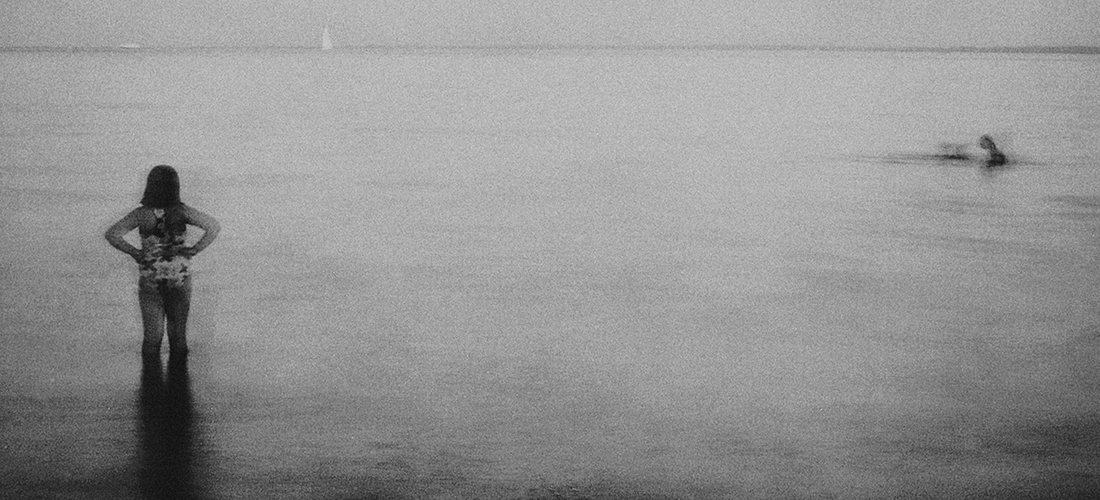
Period Pieces
Vintage cameras can yield vintage shots
By Bill Fields
I’ve decided I’m going to start a new decade with an old camera.
In fact, multiple vintage cameras. I’ve had them for a while as the only thing I really collect aside from a meager stash of old signature golf balls bearing the names of pros you probably haven’t heard of.
But, after a couple of false starts the last few years, I’ve made a commitment to use them regularly in 2020, the challenges of airport X-rays and film loading be damned. (I’m writing this with a view of some stray bits of film leader, the end game of a practice run with a bottom-loading screw-mount Leica.)
Still, it was great fun to take my 1937 Leica IId to the top of the Arc de Triomphe on a trip to Paris in late 2018, where it stood out in a sea of selfie sticks and smartphones. I’ve shot film sporadically over the last two decades, from an 85-year-old leatherette Kodak Brownie to a brand-new plastic Holga and any number of models in between.
An image I made with that Brownie about a decade ago on a beach not far from home is one my favorites. A handheld exposure at dusk, it includes two swimmers, one appearing as a sea serpentlike apparition, the mood enhanced by a bit of motion and the late hour of the day. My satisfaction with the photo is no doubt also influenced by the vagaries of the camera itself, a basic design that wasn’t foolproof in its heyday, much less now. I sure didn’t know what I had when I looked through the cloudy viewfinder and clicked the shutter that evening.
I thought about a one-camera/one-lens approach to 2020, a popular method for simplifying one’s photographic mission. One of my very old Leicas with a collapsible Elmar 50mm f/3.5 lens will likely see the most duty, but I’m going to mix things up by utilizing an Olympus OM-1n from the 1970s and probably the box camera as well. I noticed recently that a couple of places even still sell 110-format film, meaning that I could put my first camera, a Kodak Pocket Instamatic 20 model, in the rotation. What I’m sure of, though, is my vow to have a film camera with me.
I don’t know my way around a darkroom, so I won’t be souping my own film or making my own prints, yet I am energized by the prospects of the photographs I will be producing. Budget alone will force me to pick my spots and compose carefully. I may develop specific themes or it could turn out more random. It will be fun — I think — to experience the hopeful anxiety between shooting and having the film developed as I experienced in shooting golf professionally for more than a decade in the 1980s and 1990s.
One of the most vivid memories of my work life is picking up my slides at a New York City lab on the Monday after the 1987 Masters and quickly going through boxes to find the one containing Larry Mize’s winning shot and celebration. Dinner tasted a lot better once I realized I had the moment in focus and it was properly exposed, no gimme in a less-automated era.
My career won’t depend on what I shoot on film in 2020. In a way, it’s akin to playing golf with hickory shafts or persimmon clubheads — a different game than today’s way. Vintage cameras can be beautiful objects even if they’re just sitting on a shelf. Using them can be rewarding. To consider who before me might have shot with them — and where — is a fascination, and there is romance in film that isn’t in a memory card.
My friend Martin Axon has printed for many renowned photographers and is a master of the platinum process. In 2013, I did an essay about Hy Peskin’s famous image of Ben Hogan at the 1950 U.S. Open. Axon has printed the iconic shot.
“When you hold someone’s negative,” Axon told me then, “you go, ‘This was the actual moment,’ because you know the film was there at that moment in time.”
Here’s hoping negatives will be a positive in 2020. PS
Southern Pines native Bill Fields, who writes about golf and other things, moved north in 1986 but hasn’t lost his accent.





